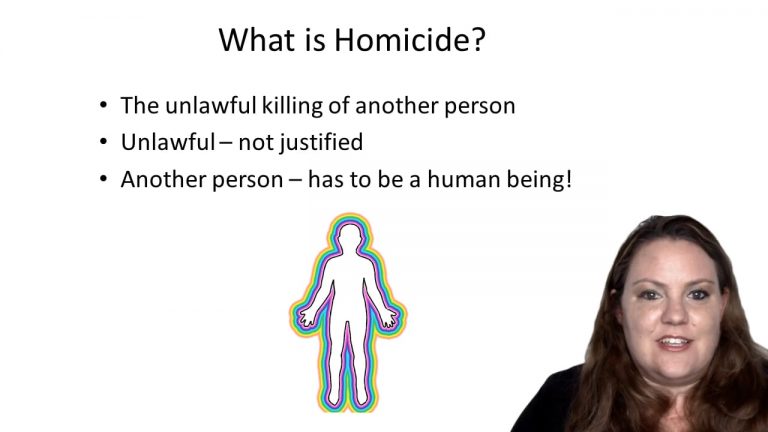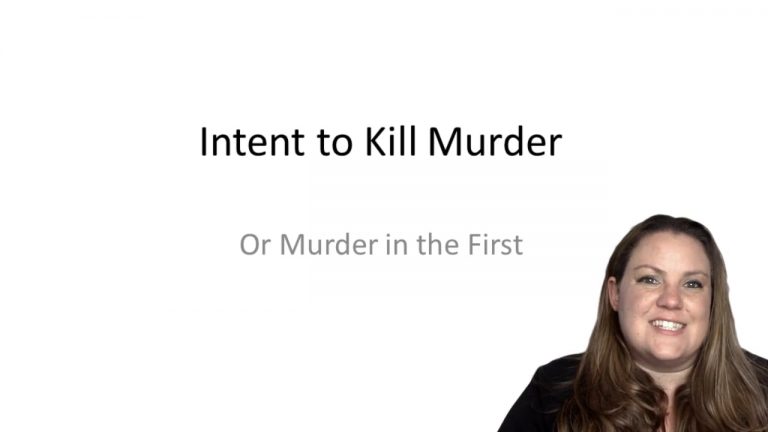SmartBrief
Confirm favorite deletion?
Criminal Law Keyed to Kennedy
Watson v. U.S.
Citation:
501 A.2d 791 (1985)Facts
Viewing the evidence most favorably to the government, the evidence showed that two officers saw a stolen car pull into a parking lot and they ordered the driver to stop by shouting. The defendant jumped out, looked at the officers, and ran toward an apartment complex. Officer Lunning, with his gun drawn, pursued. The defendant ran to the open door of the Davis’ apartment. Three young girls, ages approximately 14, 13 and 9, were sitting at a table doing their homework. He asked to use the telephone, and after dialing, he asked the responding party “[Are] they still out there?” He sat down at the table, where the girls were sitting, and held his head in his hands.
Officer Lunning entered the open door of the apartment holding his gun in front of him. The defendant grabbed the officer in a bear hug around the waist. Eventually the two men fell over a table. The officer said “it wasn’t worth it.” The defendant got control of the gun. He proceeded to hold the gun to the officer’s chest. The officer repeated that “it wasn’t worth it.” The officer was shot and died.
He was convicted of first degree murder. He appealed, arguing that there was insufficient evidence of premeditation and deliberation.
Only StudyBuddy Pro offers the complete Case Brief Anatomy*
Access the most important case brief elements for optimal case understanding.
*Case Brief Anatomy includes: Brief Prologue, Complete Case Brief, Brief Epilogue
- The Brief Prologue provides necessary case brief introductory information and includes:
Topic:
Identifies the topic of law and where this case fits within your course outline.Parties:
Identifies the cast of characters involved in the case.Procedural Posture & History:
Shares the case history with how lower courts have ruled on the matter.Case Key Terms, Acts, Doctrines, etc.:
A case specific Legal Term Dictionary.Case Doctrines, Acts, Statutes, Amendments and Treatises:
Identifies and Defines Legal Authority used in this case.
- The Case Brief is the complete case summarized and authored in the traditional Law School I.R.A.C. format. The Pro case brief includes:
Brief Facts:
A Synopsis of the Facts of the case.Rule of Law:
Identifies the Legal Principle the Court used in deciding the case.Facts:
What are the factual circumstances that gave rise to the civil or criminal case? What is the relationship of the Parties that are involved in the case.Issue(s):
Lists the Questions of Law that are raised by the Facts of the case.Holding:
Shares the Court's answer to the legal questions raised in the issue.Concurring / Dissenting Opinions:
Includes valuable concurring or dissenting opinions and their key points.Reasoning and Analysis:
Identifies the chain of argument(s) which led the judges to rule as they did.
- The Brief Prologue closes the case brief with important forward-looking discussion and includes:
Policy:
Identifies the Policy if any that has been established by the case.Court Direction:
Shares where the Court went from here for this case.
Topic Resources
Topic Videos
 9m 36s
9m 36s 6m 45s
6m 45sTopic Outline
Topic Refresher Course
